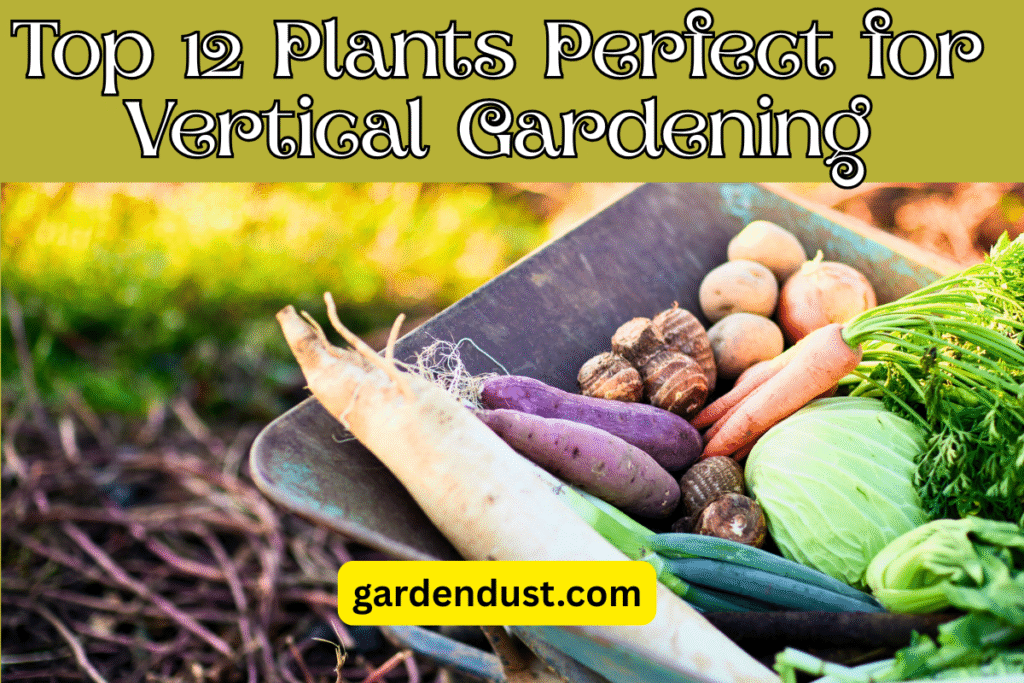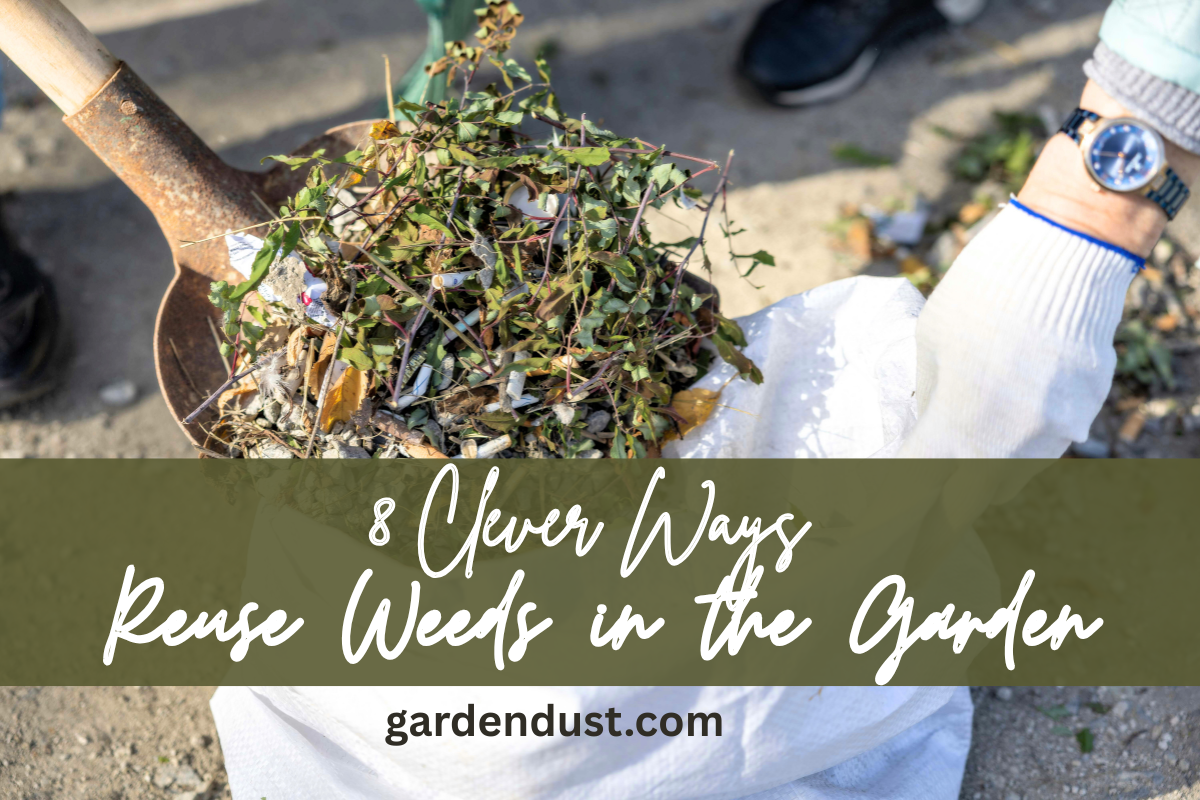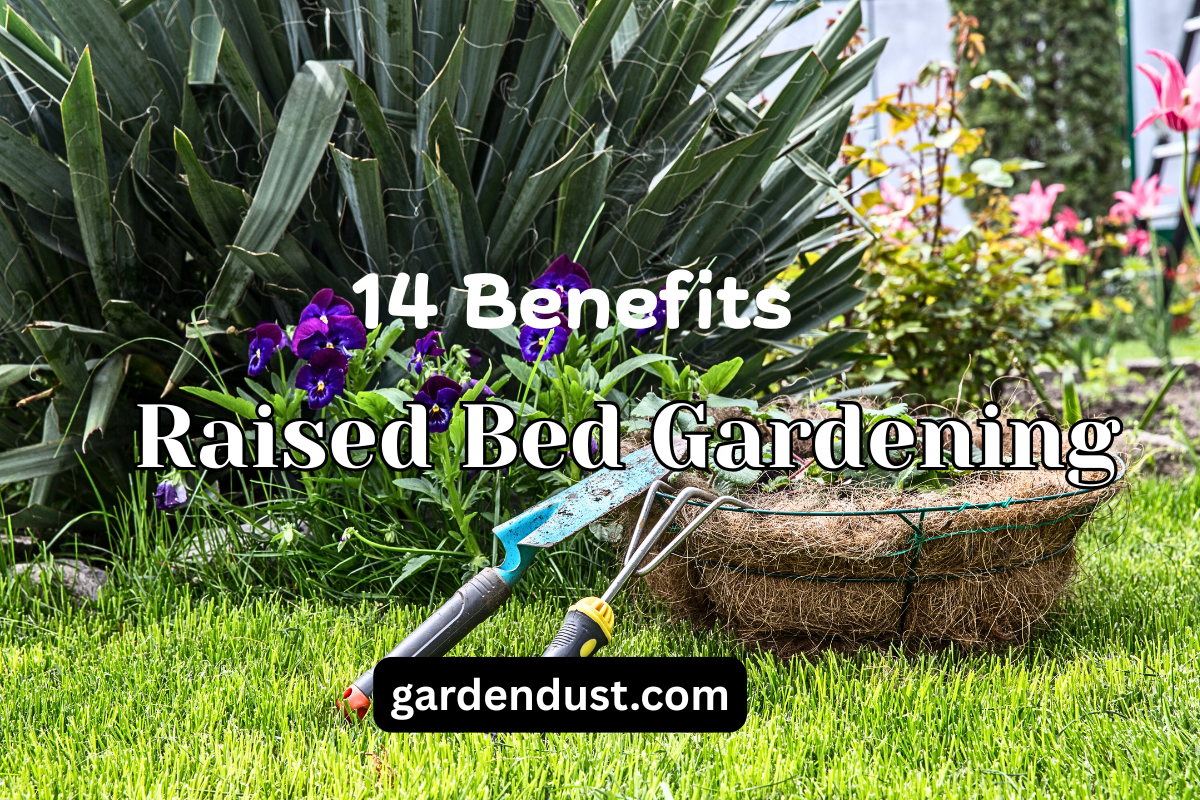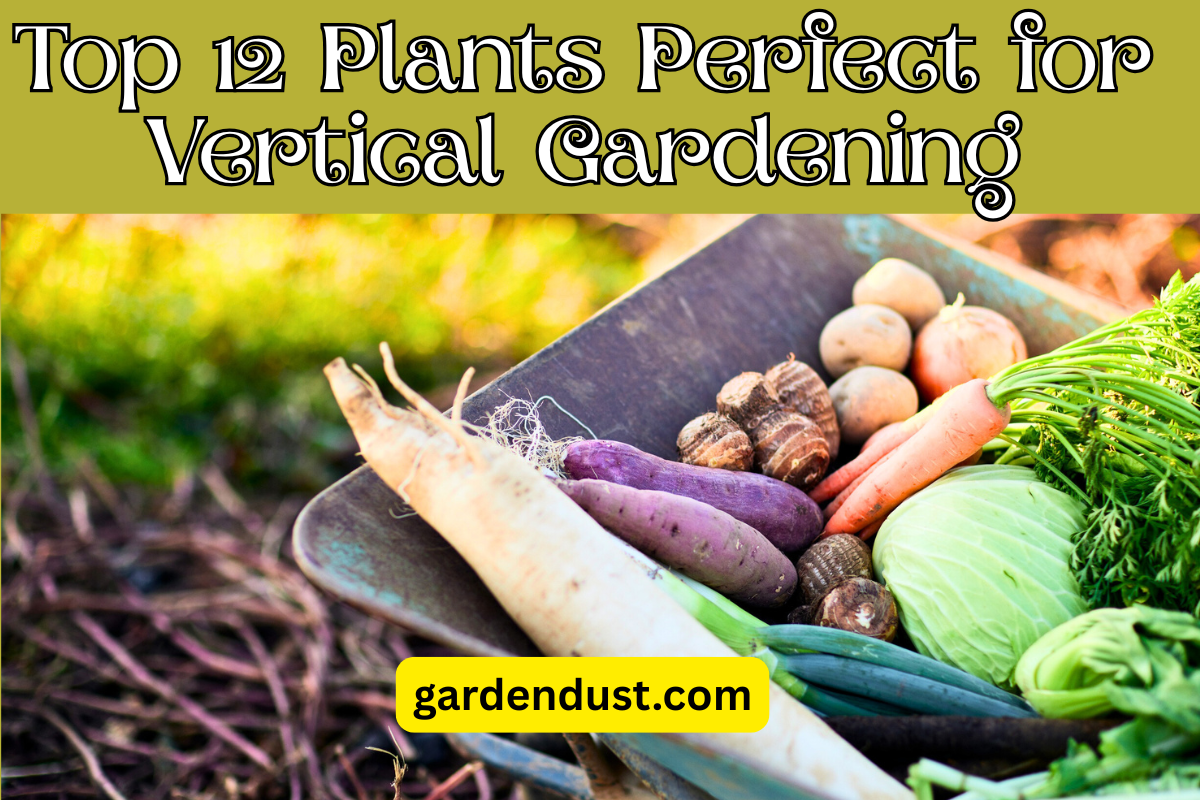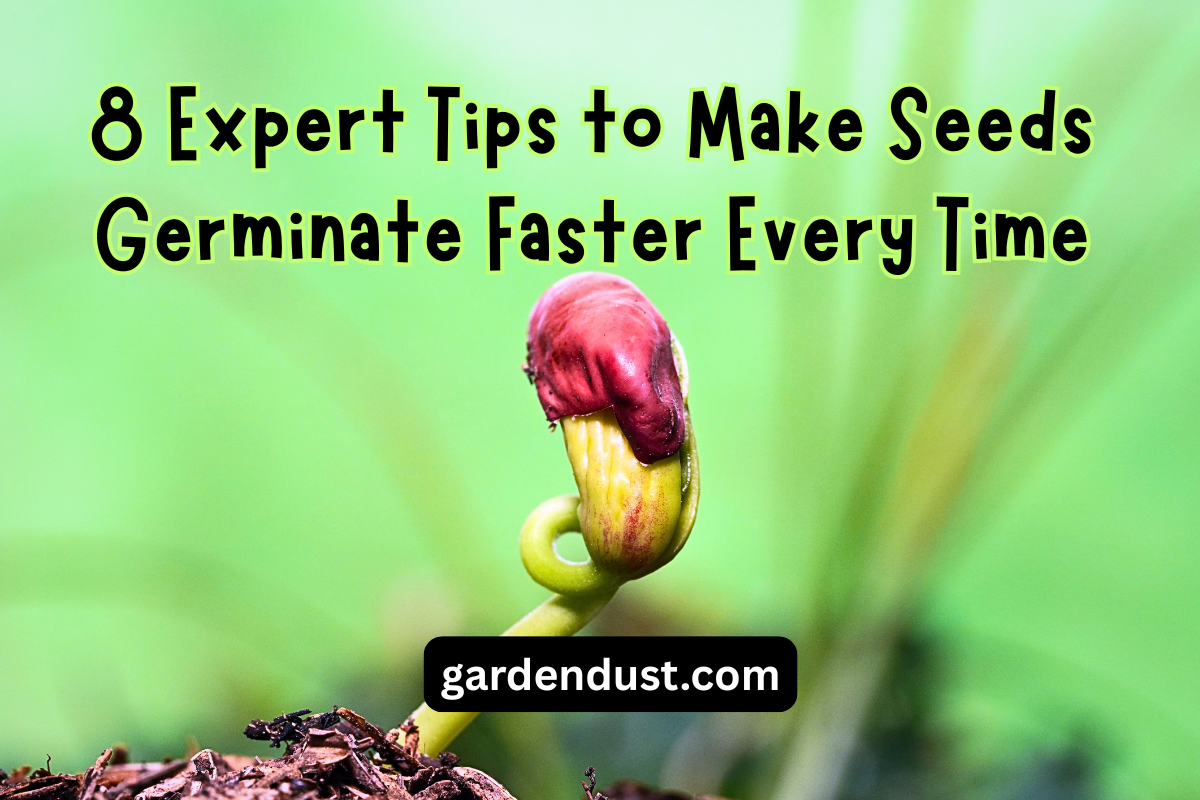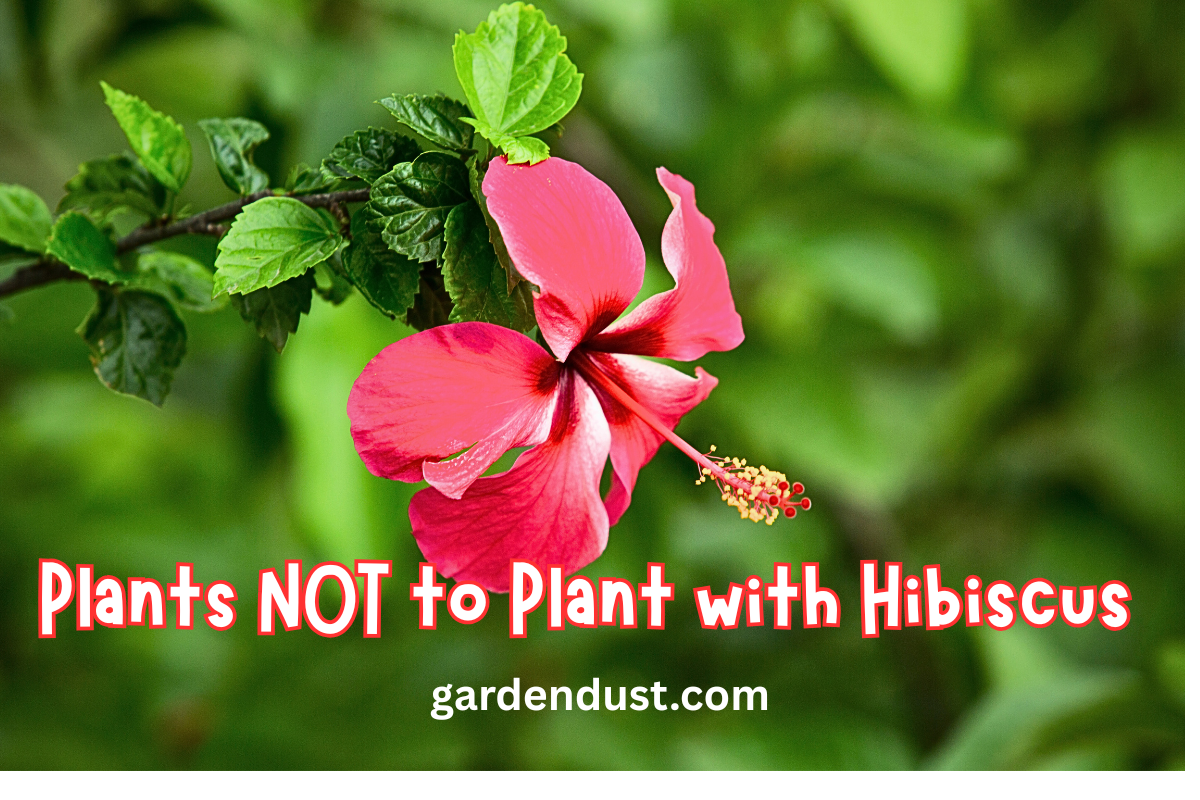Vertical gardening is a game-changer for modern gardeners. Whether you’re short on space, aiming to beautify a bare wall, or simply love innovative gardening methods, vertical gardening lets you grow more in less space. It transforms balconies, patios, and fences into lush, productive areas, and it’s equally suited for ornamental and edible plants.
But success depends largely on choosing the right plants—those that either climb naturally or thrive in stacked and upright planters. From trailing vines to compact herbs, here are 12 top plants perfect for vertical gardening, along with tips to help you grow them successfully. Let’s start….
1. Tomatoes
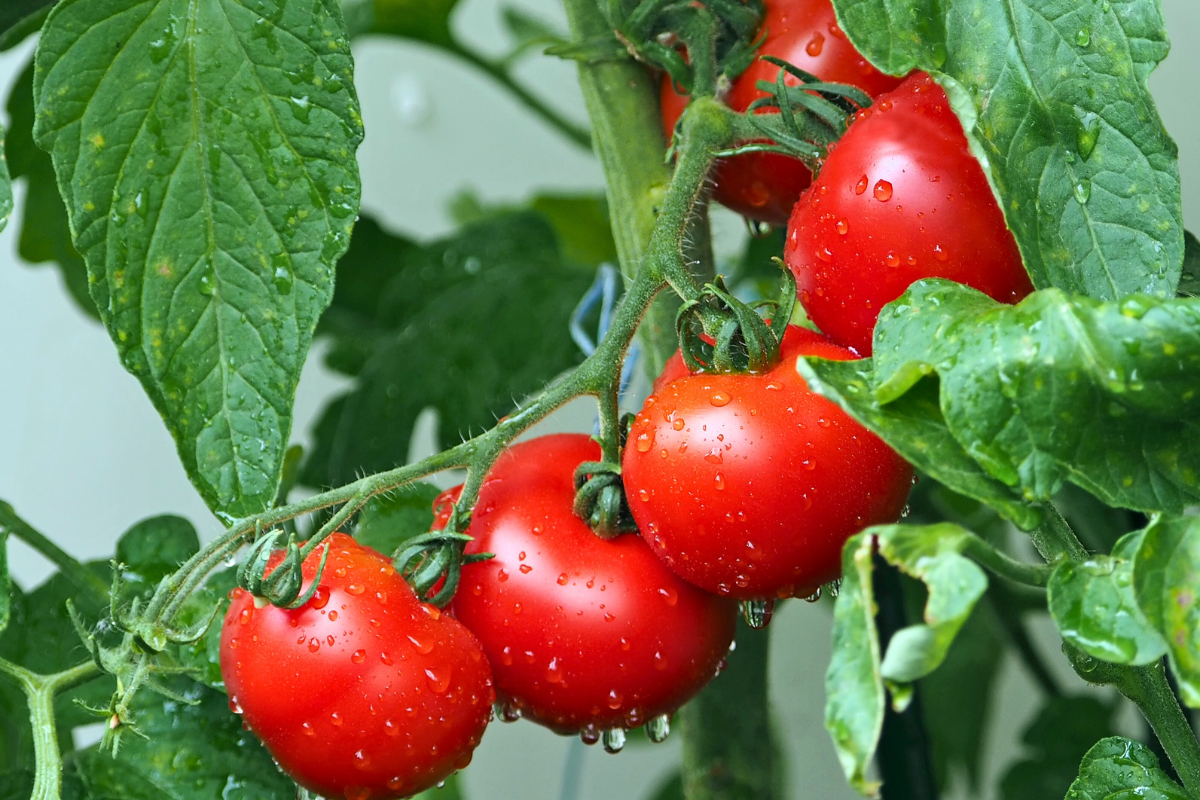
Tomatoes are a top pick for vertical gardens thanks to their vigorous growth and high yield. Vining (indeterminate) varieties grow continuously and can be trained up supports like cages, poles, or string trellises. These structures keep fruits off the ground, reducing the risk of rot and pests while improving air circulation. Tomatoes require full sun and regular feeding, especially when grown in containers. You’ll also need to prune suckers (side shoots) to keep the plant focused on upward growth.
Tip: Choose cherry or grape varieties like ‘Sweet Million’ or ‘Sun Gold’ for better performance in vertical systems.
2. Cucumbers

Cucumbers are fast-growing vines that naturally seek something to climb. Trellising cucumbers in a vertical garden not only saves space but also produces straighter fruit and minimizes disease by improving airflow. Grow bush or vining varieties in hanging baskets, large vertical planters, or on a mesh trellis. They require full sun, consistent watering, and rich, well-drained soil.
Tip: Use soft ties or clips to help young vines latch onto trellises as they grow.
3. Pole Beans
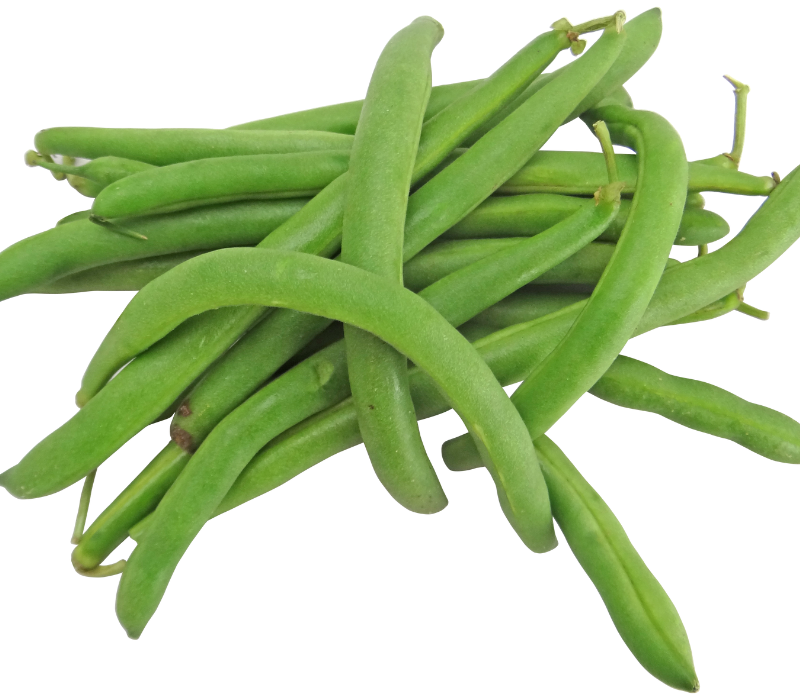
Pole beans are classic climbers that thrive in vertical gardens. They shoot up tall supports like poles, string teepees, or netting with minimal effort from the gardener. Pole beans also produce continuously throughout the growing season, unlike bush beans, which tend to produce all at once. ey’re perfect for kids and beginners due to their fast growth and vibrant appearance. Plus, they add nitrogen to the soil, benefiting nearby plants.
Tip: Plant them near a fence or trellis and guide the vines upward in early growth stages.
4. Peas

Peas—both sugar snap and snow peas—are cool-weather crops that are easy to grow vertically. Their curling tendrils grab onto netting or strings, making them natural climbers. By lifting the vines, you make the pods easier to pick and reduce soil-borne diseases. They grow best in early spring or fall, prefer cooler temperatures, and need only moderate feeding. Keep them evenly watered and provide ample support from the start.
Tip: Space plants closely but allow room for airflow to prevent powdery mildew.
5. Strawberries
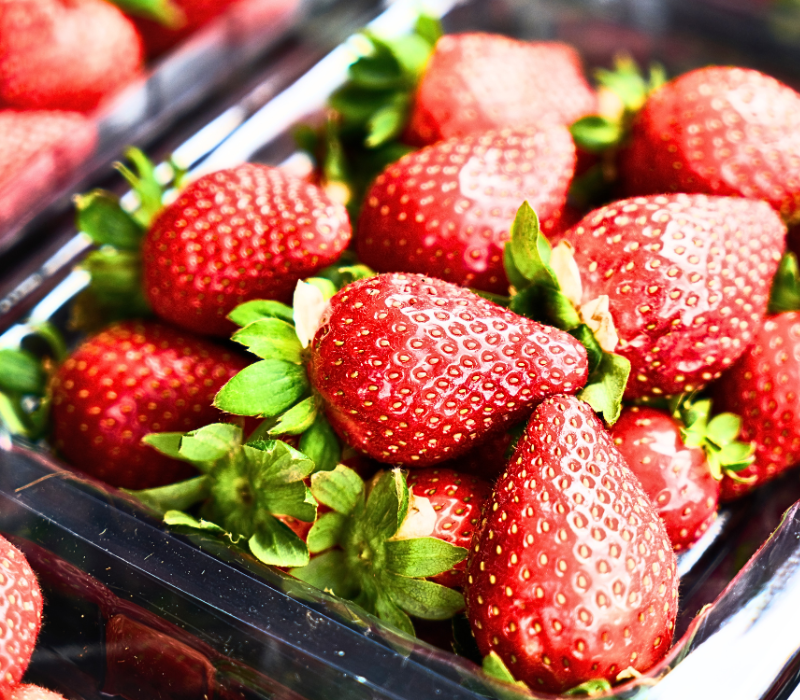
Strawberries grow exceptionally well in vertical towers, wall pockets, and hanging baskets. Their shallow root systems make them well-suited for container gardening, and their trailing habit turns any structure into a living wall of berries.Growing them off the ground helps protect against slugs and mold. Choose day-neutral or everbearing varieties like ‘Albion’ or ‘Seascape’ for steady harvests.
Tip: Ensure even watering and use a slow-release fertilizer for consistent fruiting.
6. Lettuce and Leafy Greens

Lettuce, spinach, kale, mustard greens, and arugula are perfect for vertical planters or wall gardens. These crops don’t require deep root systems and thrive in cool weather with partial sunlight, making them ideal for shaded balconies or porch walls. You can sow seeds directly or transplant starts into small compartments, pockets, or towers.
Tip: Stagger planting times to ensure a continuous harvest throughout the season.
7. Herbs (Basil, Thyme, Mint, Oregano, Parsley)
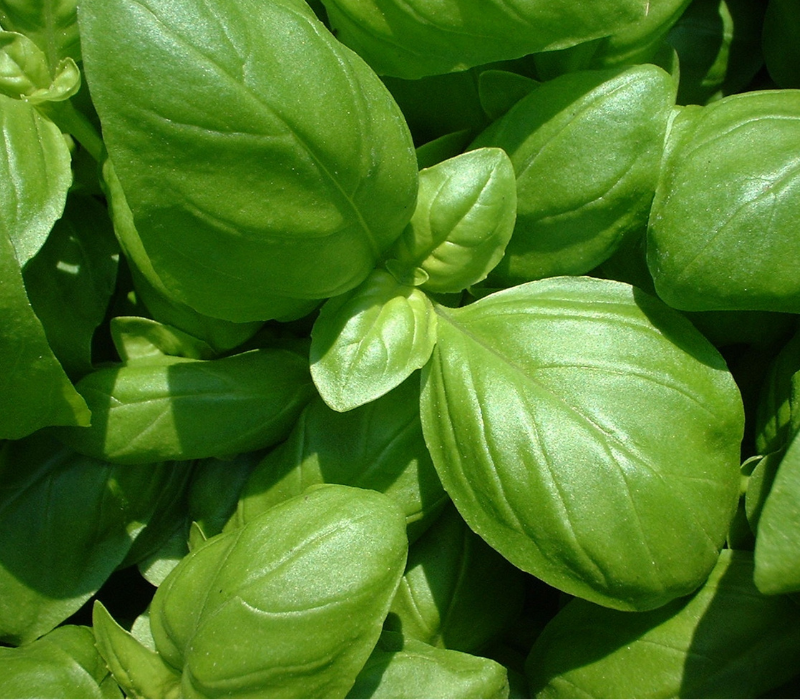
Herbs are the heart of a compact kitchen garden and flourish in vertical wall planters, pocket systems, and hanging towers. Many herbs tolerate a bit of neglect and are highly aromatic, making them great for culinary use and pest deterrence. Mint is especially suited for vertical gardens because it spreads aggressively if left unchecked in garden beds. Basil, thyme, and oregano require full sun and regular pruning to stay bushy.
Tip: Pair herbs with similar sunlight and water requirements in the same container for easier care.
8. Zucchini and Summer Squash
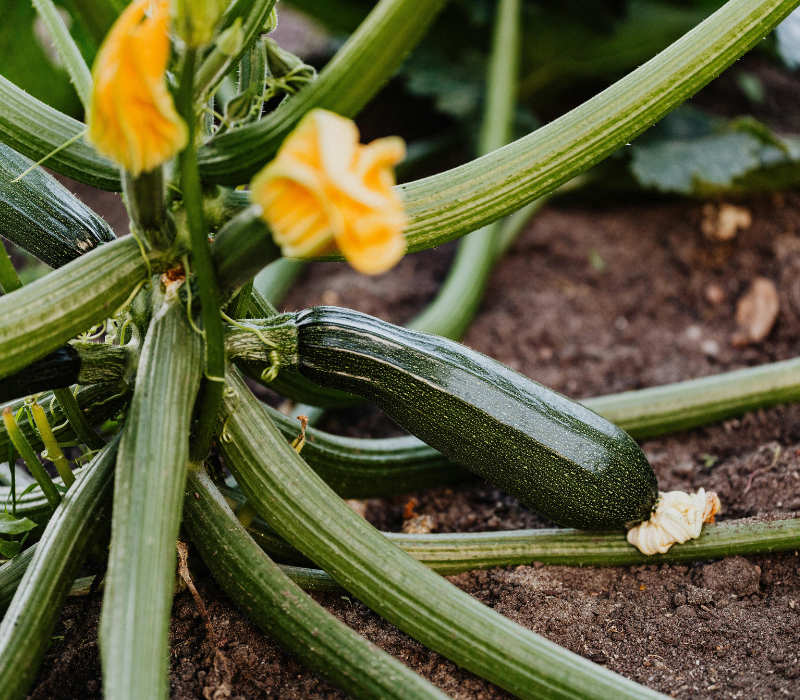
While often sprawling, zucchini and some summer squash can be trained to grow upward with the right support. This method saves space and keeps the fruit cleaner and healthier by lifting it off the soil.
Trellised squash will need strong vertical supports and may require slings or fabric nets to cradle the developing fruits.
Tip: Try smaller, climbing varieties like ‘Black Forest’ zucchini or patio-sized hybrids.
9. Nasturtiums

Nasturtiums are edible flowering plants that double as pest deterrents and pollinator attractors. These trailing vines bring a splash of vibrant color and are easy to grow from seed. They’re excellent for cascading over the edges of vertical planters or growing down from hanging baskets. Both the leaves and flowers are edible and add a peppery flavor to salads.
Tip: Grow them as companion plants with vegetables like beans or tomatoes to repel aphids and whiteflies.
10. Malabar Spinach
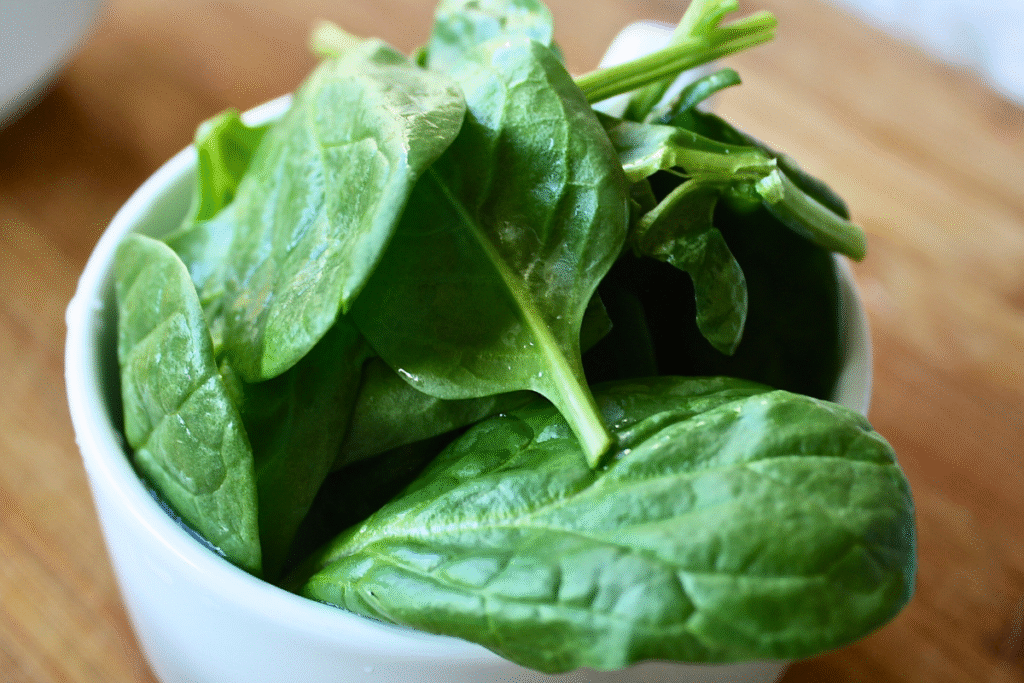
Unlike true spinach, Malabar spinach is a vining tropical plant that thrives in hot climates. It produces thick, glossy leaves that can be used in stir-fries, soups, and salads. Its vibrant green foliage and reddish stems also add ornamental appeal to vertical structures.As a heat-loving plant, it performs best in summer and grows vigorously on sturdy trellises.
Tip: Soak seeds before planting and provide plenty of water to keep the vines tender and lush.
11. Sweet Potatoes

Though known for their underground tubers, sweet potato vines are also grown for their trailing foliage, making them dual-purpose plants. When grown in vertical towers with tiered pockets or grow bags, the vines cascade down beautifully while tubers form inside the base. They prefer warm soil, full sun, and consistent watering. Come fall, you can dismantle the tower and harvest the roots.
Tip: Use well-draining soil and ensure that lower layers have adequate room for tuber development.
12. Ornamental Vines (Morning Glory, Clematis, Ivy)
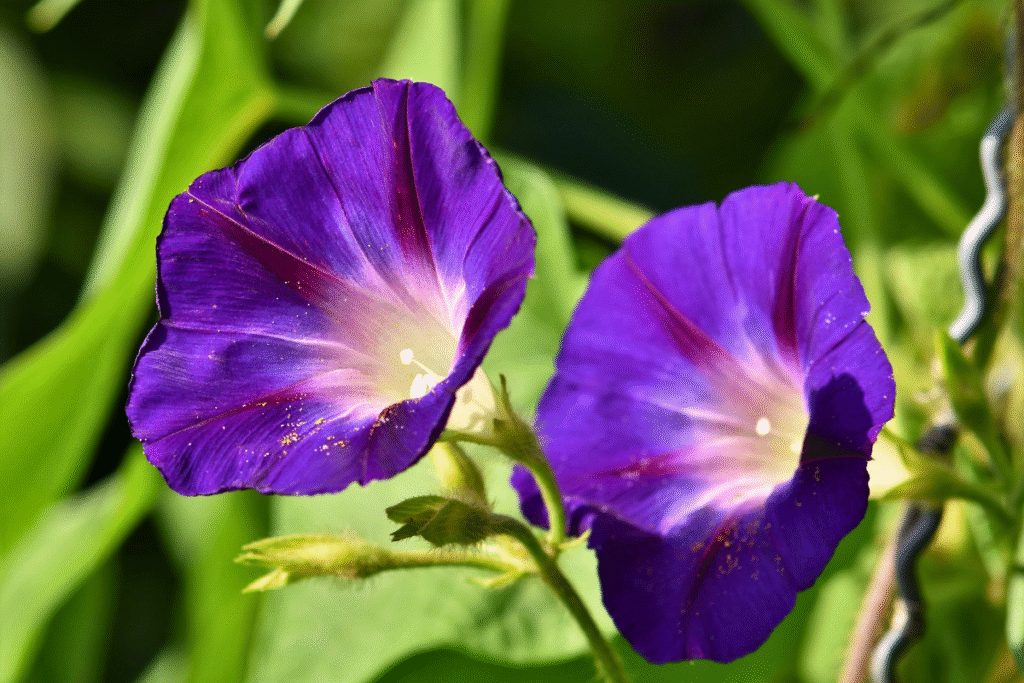
Not all vertical gardening is about food—many gardeners grow flowering vines to beautify outdoor spaces. Morning glory and clematis offer dazzling flowers that climb walls, trellises, and fences, creating living tapestries. Ivy provides dense green foliage year-round in temperate regions. These ornamental plants are ideal for enhancing privacy screens, hiding unsightly structures, or simply adding beauty to balconies and patios.
Tip: Use trellises or lattice for support and prune regularly to manage growth and encourage blooms.
Benefits of Vertical Gardening
Vertical gardening isn’t just a trend—it offers multiple benefits:
- Space Saving: Ideal for urban environments, small yards, or balconies.
- Improved Air Circulation: Keeps leaves dry and reduces disease pressure.
- Ease of Harvesting: No bending over to pick fruits or veggies.
- Aesthetic Appeal: Turns bland walls or fences into living art.
- Pest Control: Lifts plants off the ground, away from soil-dwelling pests.
- Water Efficiency: Vertical systems can reduce water usage when managed correctly.
Tips for Vertical Gardening Success
Choose Lightweight Containers: Heavy soil and pots can strain vertical structures. Use lightweight potting mix and containers.
- Ensure Good Drainage: Overwatering is a common problem. Make sure planters drain well.
- Feed Regularly: Container-grown plants deplete nutrients faster—feed them every few weeks.
- Sunlight Access: Most vegetables and herbs need at least 6 hours of direct sunlight.
- Monitor Moisture: Vertical planters dry out more quickly than ground beds, especially the upper levels.Use Mulch: Helps retain moisture and regulate soil temperature.
Conclusion
Vertical gardening is a creative and practical way to maximize your growing space while producing fresh vegetables, herbs, and flowers. Whether you’re growing climbing crops like pole beans and cucumbers or decorative vines like clematis and ivy, the key lies in choosing the right plants for your space and climate.
With the 12 plants listed above, you’re well on your way to creating a productive and visually stunning vertical garden. All it takes is a little planning, the right structure, and regular care to grow upward and green in style—no matter how limited your ground space may be. Happy Gardening…

